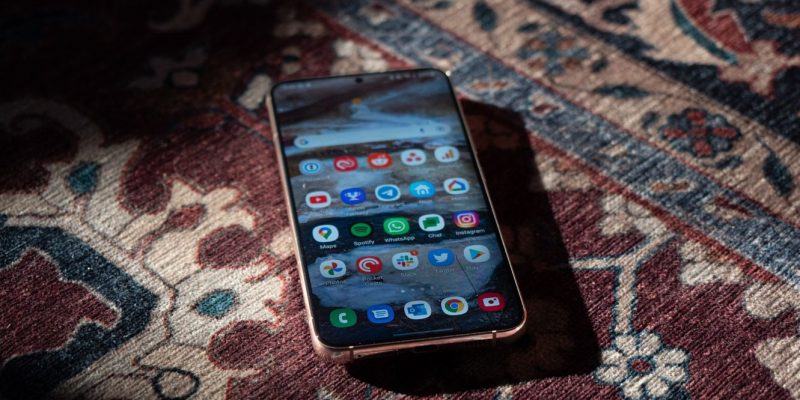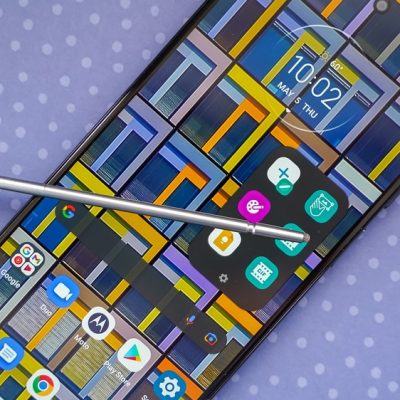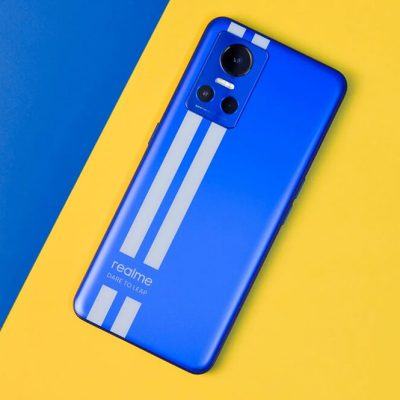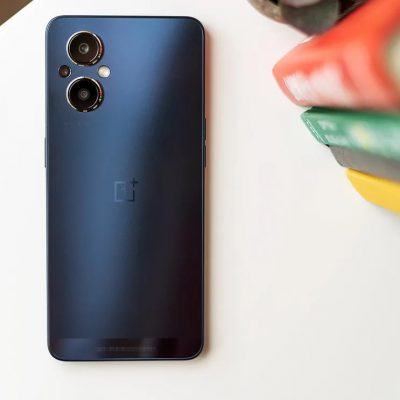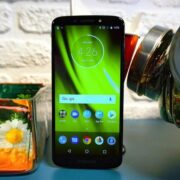Samsung Galaxy S22+ review: Enjoy it while it lasts
The Galaxy S22 Ultra may be the everything phone, but that makes the $1000 Galaxy S22+ the phone for everyone. It refines rather than reinvents the design tenets Samsung introduced in last year’s S21 series while improving the camera and significantly upgrading the haptics.
But just as it has been every year since the company introduced its Ultra line in 2019, the Galaxy S22+ is in that awkward position as the middle child, not quite the best and not quite the cheapest of the bunch. That was a problem last year given the sheer excellence of the Galaxy S21 Ultra. This year, where the S22 Ultra is actually a Note 22 in disguise, the S22+ manages to stand on its own, sans stylus, and does a pretty good job arguing for its existence — and a place in your pocket.
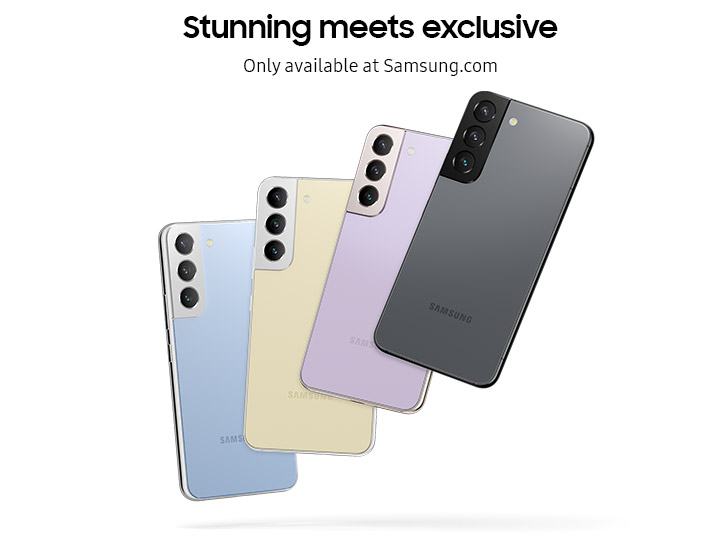
The Samsung Galaxy S22+ is the sweet spot between the tiny and battery-challenged Galaxy S22 and the massive, Note-expensive Galaxy S22 Ultra. It has an incredible display, best-in-class performance, and some awesome value adds, like an improved main camera sensor over last year and some of the best haptics you can find in the Android ecosystem. Battery life, however, is a step back from the Galaxy S21+, and Samsung’s camera quirks are still present in 2022 despite improvements to the hardware and computational processing. Still, this is one of the best Android phones you can buy and will only get better over its four years of promised platform updates.
Specifications
- Brand: Samsung
- Storage: 128, 256GB
- CPU: Qualcomm Snapdragon 8 Gen 1
- Memory: 8GB
- Operating System: Android 12 with One UI 4.1
- Battery: 4,500mAh, max 45W charging, 15W wireless
- Display (Size, Resolution): 6.6-inch 1080x2340px OLED @ 120Hz
- Camera (Front): 10MP f/2.2 (26mm)
- Cameras (Rear): 50MP f/1.8 main, 10MP f/2.4 telephoto (70mm), 12MP f/2.2 (120˚)
- Price: Starting at $999
- Connectivity: Wi-Fi 802.11 a/b/g/n/ac/6e; Bluetooth 5.2; 5G mmWave and sub6
- Dimensions: 157.4 x 75.8 x 7.6mm
- Weight: 195g
Pros
- Incredible, vivid and bright display
- Consistently excellent performance
- Four years of software updates, five years of security patches
- Superb haptics
Cons
- Similar camera issues as last year
- 45W charging provides few benefits over 25W
- Battery life isn’t fantastic
- Phone regularly runs hot
Design, hardware, what’s in the box
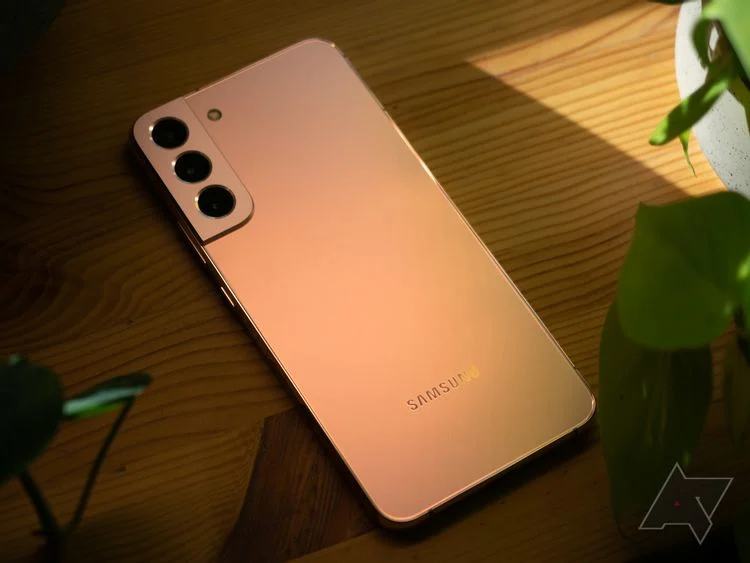
While the S21 Ultra and its 2022 sequel are design cousins at best, the S22+ resembles its 2021 counterpart to a tee, though there are some striking improvements that make it a nicer object to hold as you go about your day. Specifically, the sides are sharper and easier to grip, and depending on the colorway, mirror-shiny to contrast with the matte frosting of the rear glass.
With the flat 6.6-inch AMOLED display meeting the newly-angular frame, the phone looks and feels more like an iPhone than any Galaxy device in recent memory — and that’s a compliment. While a few grams lighter and slightly shorter than its predecessor, it’s just a much nicer-feeling object.
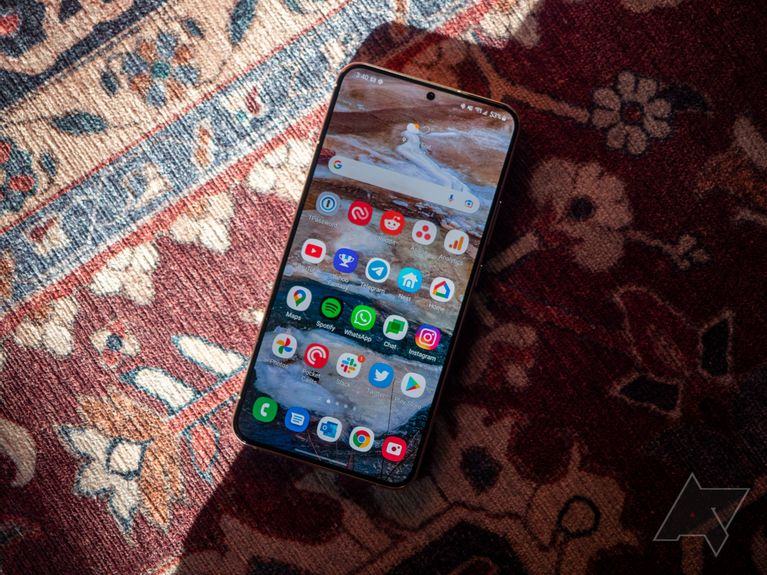
I’m also happy to say that the screen is among the nicest I’ve ever seen on a phone — and I’ve yet to glimpse the one on the Galaxy S22 Ultra. Though limited to a 1080p resolution, I’m constantly taken by the vividness and clarity of color and text, and it’s immediately apparent that Samsung’s claim of improved peak brightness — the company claims 1750 nits, but that’s at a manually-set “extra brightness” mode that shouldn’t be necessary in all but the most sun-glaring of summer days. The 120Hz panel lacks the LTPO bona fides of its more expensive counterpart — a recent marketing hiccup revealed that the phone can only go from 48Hz to 120, not a battery-saving 10Hz as originally claimed — but this is an exceptional display nonetheless.
I’m reviewing the Pink Gold variant of the S22+, but there are seven other colors — four exclusive to Samsung.com, including Graphite, my personal top pick — to choose from, each using the camera housing to contrast slightly with the aluminum frame and matte glass back. Some might say Samsung’s colorway choices this year are more staid and conservative than in the past, but I think the company learned a lot from its Galaxy Z Flip 3 Bespoke Edition experiment, offering more options in general than just more eye-popping ones. Most people are going to put the phone in a case, anyway.
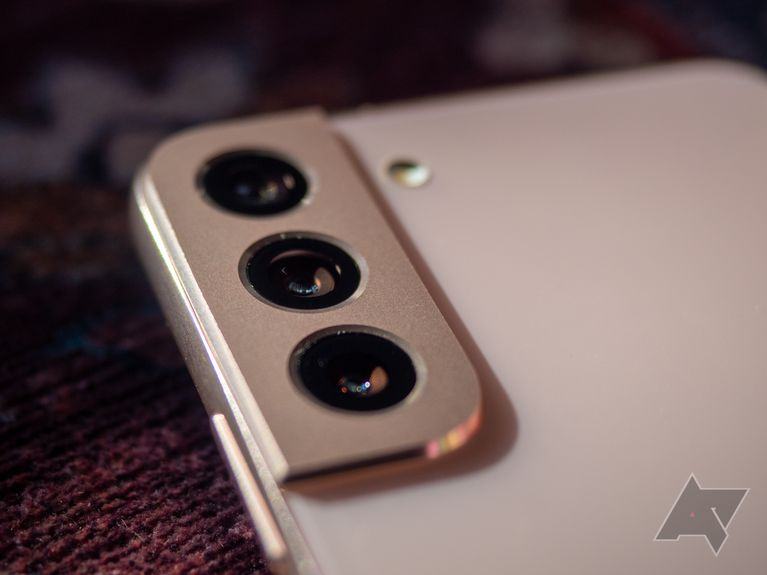
It’s interesting where Samsung decided to make internal component investments this year — annual phone upgrades tend to go through a tick-tock cycle of sorts, both in terms of design and what’s inside, and that’s true here, too. The Qualcomm-powered ultrasonic fingerprint sensor remains unchanged from the one in the S21 series, which was mercifully much better than the first-gen part found in the Galaxy S10s and 20s. The front and ultrawide cameras are unmodified, too, but the rear main and telephotos are massively changed, and not necessary for the better. Obviously this year’s phones are powered by newer silicon in the Snapdragon 8 Gen 1, but early testing (and more quantitative benchmarks) suggest that most of the improvements are adjacent to the CPU, which has only minor year-over-year upgrades over the Snapdragon 888.
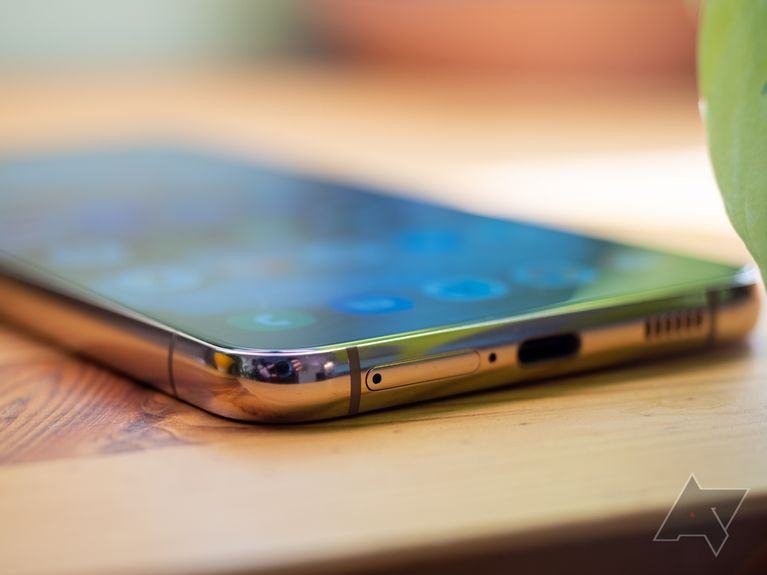
Perhaps the most notable internal hardware improvements are only going to appeal to specific kinds of nerds: the haptic motor got a massive upgrade over the S21 series, resulting in what I believe is the best haptic experience on Android today (and that includes more recent LG phones). Samsung put a high-quality linear x-axis linear motor in the Note 20 Ultra, but reverted to a slightly lower-quality part with the S21+ and S21 Ultra, which was reused from the S20 series. It also moved the part to the top of the phone, making for less precise haptics when typing and performing other repetitive actions. With the S22 series — all three phones, in fact — Samsung is using an improved x-axis linear motor that’s embedded inside the bottom speaker housing, which isolates the resonance and allows for more subtle outputs. It does come at the expense of overall strength, though: compared to the S21 Ultra and the Pixel 6 Pro, the S22’s maximum vibration output is concerningly low and I’ve already heard from a few people who have trouble feeling the phone vibrate in a pocket or bag, though I haven’t experienced that issue.
The next nerdy upgrade is that the X65 modem inside the Snapdragon 8 Gen 1 supports more 5G bands, a significant number of 5G carrier aggregation bands, and perhaps most importantly to people in rural areas, provides much stronger signal retention making for fewer dropped calls, according to reporting from PCMag. In my testing, I found signal quality to be consistently excellent over both LTE and 5G, though I’m unable to take full advantage of the improved 5G capabilities because I’m in a country with glacially slow spectrum rollout.
Software, performance, and battery
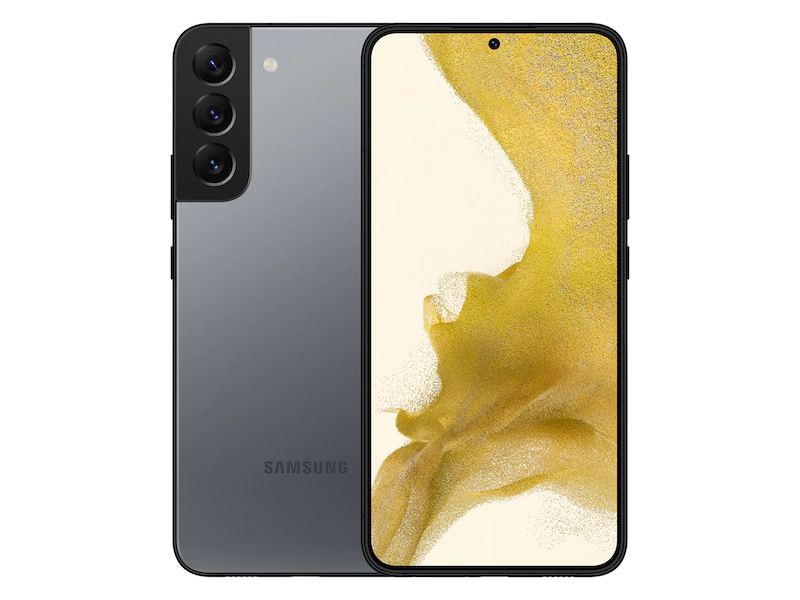
The Galaxy S22+ is the first phone I’ve used with the new Snapdragon 8 Gen 1 SoC, but it’s genuinely tough to tell the difference in performance between it and the Snapdragon 888-powered Galaxy S21 Ultra before it. Samsung has made some subtle changes to One UI 4.1 that improve the experience in minor but fun ways — I’m particularly fond of the new Smart Widgets — but if you’ve used a Samsung device with One UI 3 or 4 (based on Android 11 or 12, respectively), things will feel pretty familiar.
We tend to leave the benchmarking to the other sites, but I did want to check whether I could confirm that, given the comparatively high energy usage of the upgraded Adreno 730 would result in throttling after long gaming sessions, and that’s true here, too. After 30 minutes playing Call of Duty: Mobile, my phone was warm but not uncomfortably so, and I noticed no major impact on frame rate, even at the highest graphical settings.


But turn on 3DMark’s Wild Life Extreme Stress Test for a few loops, which punishes this phone, and after just five minutes performance begins to dip considerably. That’s not surprising, but it does throttle more than previous flagship Snapdragon processors, and that’s likely because the GPU is using more power to begin with.

That increased energy usage, on both the CPU and GPU side, plus a modest 6% reduction in battery size, leads to ever-so-slightly lower battery life on the S22+ than its predecessor. The 4,500mAh cell is certainly enough to get you through the day with normal use, but I did get pretty close to killing the phone before bedtime a few times during my testing. I’ve spent most of the last year either using a Galaxy S21 Ultra, a Galaxy Z Fold 3, or a Pixel 6 Pro, and I don’t feel battery anxiety with any of them; here I feel it just enough to moderate my usage in the evening, or give the phone a strategic top-up in the afternoon.

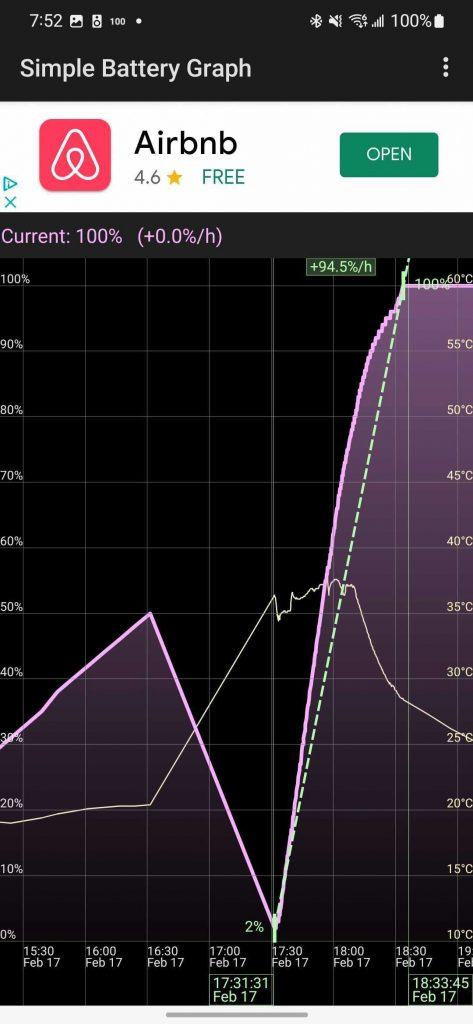
The good news is that the phone supports the same 45-watt PPS-based charging as the more expensive S22 Ultra — Samsung left its legacy 25W charging on the smaller S22 alone, likely for heat reasons — which hypothetically leads to faster top-ups. The bad news is that the advantage over a 25W charger is minimal, especially when comparing the time it takes to go from dead to 100%. The way modern charging systems work is that they provide the most power when the battery cell is empty, which means you’ll get to 50% to in 23 minutes, but 0-100% in just over an hour — that’s from a 45W PPS charger. Using a 25W PPS charger, the numbers are almost identical, and with a voltmeter attached to the phone to measure current, it’s clear why: The phone doesn’t pull more than 25 watts at peak.
Cameras
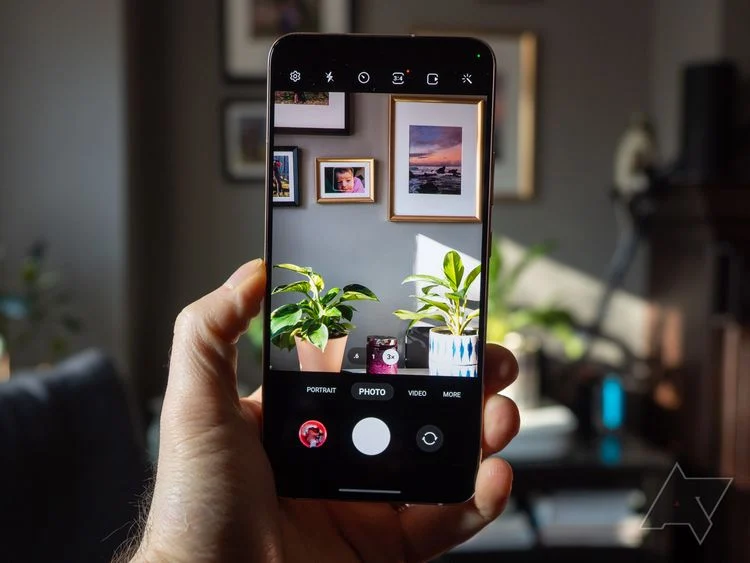
The Galaxy S22 and S22+ have the same camera loadout, and they’re pretty different from their 2021 predecessors. Gone is the 12MP primary sensor in favor of a 50-megapixel Samsung GN5, which performs 4x binning upon processing, with an optional 50MP high-detail mode if you’re so inclined.
At 1/1.56”, the sensor is the biggest one found in Samsung’s non-Ultra phones to date, and paired with an f/1.8 lens and improvements to post-processing, I’m pretty happy with the results in almost all lighting conditions — with a couple of exceptions.





The larger sensor captures plenty of detail, and as always Samsung’s color processing is tuned to the excessive side of vibrant — which I’m OK with, to be honest. The increased sensor width also adds more natural bokeh to shots taken with a shallow depth of field, though there’s some notable distortion in the corners if you’re getting up close to an object. Samsung’s also improved its low-light performance, and I achieved better results from the S22+’s 50MP sensor than I did with last year’s larger S21 Ultra, likely due to the company’s new Adaptive Pixel mode, which pools data from a binned shot and one at full resolution in low-light conditions.


One area I continue to be disappointed in Samsung cameras, though, is how the company tunes and processes people, particularly faces. When using the primary camera, a smoothing effect paints over detail such as freckles, facial hair, and other natural imperfections that I should be able to remove manually in post-production. Even as the company was compelled to remove similar effects from its selfie camera — to great effect here, I might add — it still, in 2022, leaves photos of faces looking processed. Some could argue that it’s a stylistic choice — Samsung also appears to light faces differently than Google, often choosing to artificially light the whole face and risk overexposing than leaving parts of it in shadow, as you can see in the samples.




Comparing the Galaxy S22+ to the S21 Ultra, which leverages Samsung’s larger 108MP sensor, the results appear almost identical, which is a testament to the consistency of the company’s processing. Results also hold up very well to the Pixel 6’s 50MP sensor, though I prefer the more contrasty results from Google’s phone. Plus it’s clear the telephoto lens on the Pixel 6 Pro, which has a longer and more useful focal length, has a significantly sharper lens that ekes out considerably more detail.

The ultrawide, like the one up front, uses the same hardware as the S21+, which is by no means a bad thing; both cameras shoot fantastic, vivid, social-friendly shots that only fall apart when you scrutinize them too closely.
Unfortunately, Samsung has fallen even further behind Apple and Google in leveraging larger sensors to smooth out motion blur. Google even launched the Pixel 6 with a feature called Face Unblur, which I endearingly refer to as “Parent Mode,” since it works so well to keep my young daughter’s face attached to her body as she darts around the frame. I took several photos that, on another phone, would have increased shutter speed enough to compensate for motion blur but on the S22, like all Galaxy phones before it, things stayed blurry.
This is not a full indictment of the camera experience, as most of the time the primary camera takes awesome pictures in almost all lighting conditions, and the ultra-wide remains solid. Even the overhauled 3x optical zoom is a pretty strong performer — Samsung swapped a 64MP sensor that cropped in by default for a more traditional 10MP sensor with a 70mm equivalent lens, and the impact is minor, since due to its small size the sensor only activates in good light. In low-light situations, the camera crops in on the larger 50MP main sensor, which produces very similar results.
Should you buy it?
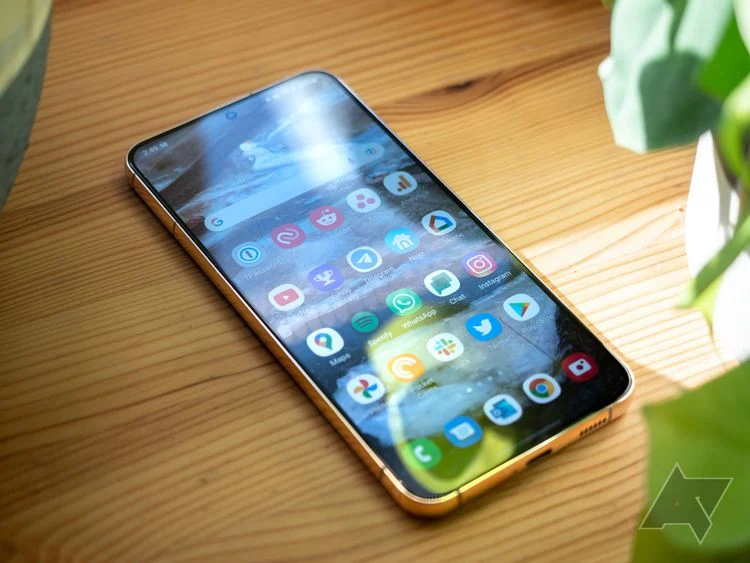
Yes, it’s a great phone.
Let’s move to a macro view of the S22+, both as a standalone product and where it sits in the pantheon of Galaxy devices before it. In 2020, I recommended the Galaxy S20+ over the Ultra because the latter suffered from major camera focus issues that seriously undermined its $1400 starting price. But along with a price drop to $1200 and a set of significant design, performance, and camera improvements, the Galaxy S21 Ultra seriously overshadowed its $1000 S21+ sibling last year, which just kind of ambled along as a choice but not necessarily a compelling one.
The S22+, however, has a better chance of standing alone—and standing out—with the S22 Ultra existing as a Note by another name. It’s also just a nicer device, with better cameras, considerably upgraded haptics, and improved connectivity across the board. There’s also the promise of four years of platform updates and five years of security patches, making this a viable long-term phone purchase for anyone who’s looking for Pixel-like support without all the quality control issues.
Samsung is Android for many people, and the Galaxy S22+ is the most mainstream, straightforward flagship proposition from the company in years. It’s big but not massive; it’s expensive but not overpriced; and it’s stylish without being garish.
My main concerns with the phone are around battery life, which I’m still getting a feel for and will have to report back on (but I’m not particularly hopeful) and the fact that Samsung still doesn’t take great photos of people or moving objects.
If you want a Samsung phone that does everything, including offer all-day battery life and a stylus, get the S22 Ultra. If you want the best Android phone for photography, get a Pixel 6 or 6 Pro. If you want a phone that does most things well, doesn’t feel overpriced, and will remain secure and supported over the next few years, the Galaxy S22+ is a pretty outstanding option.

